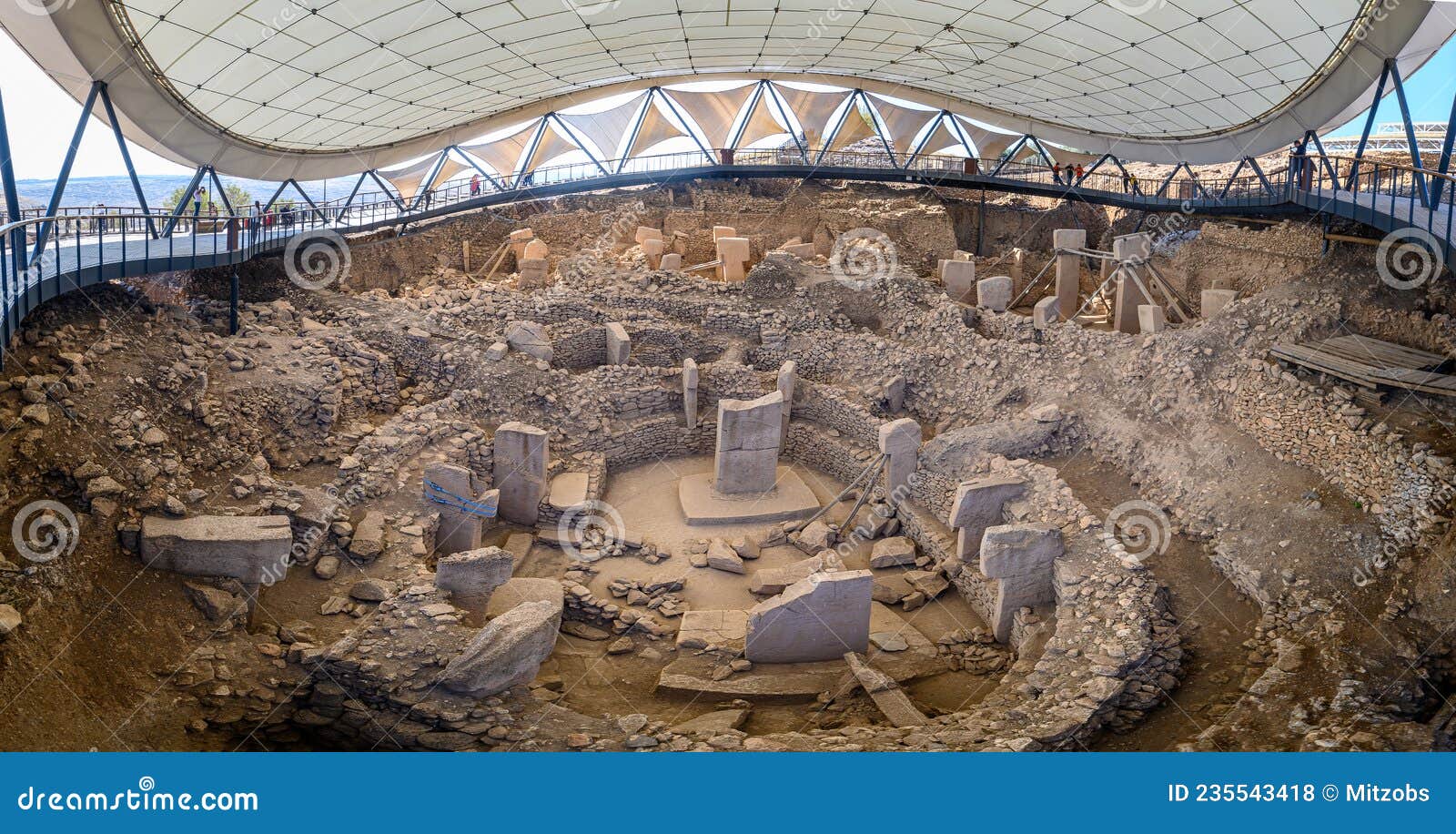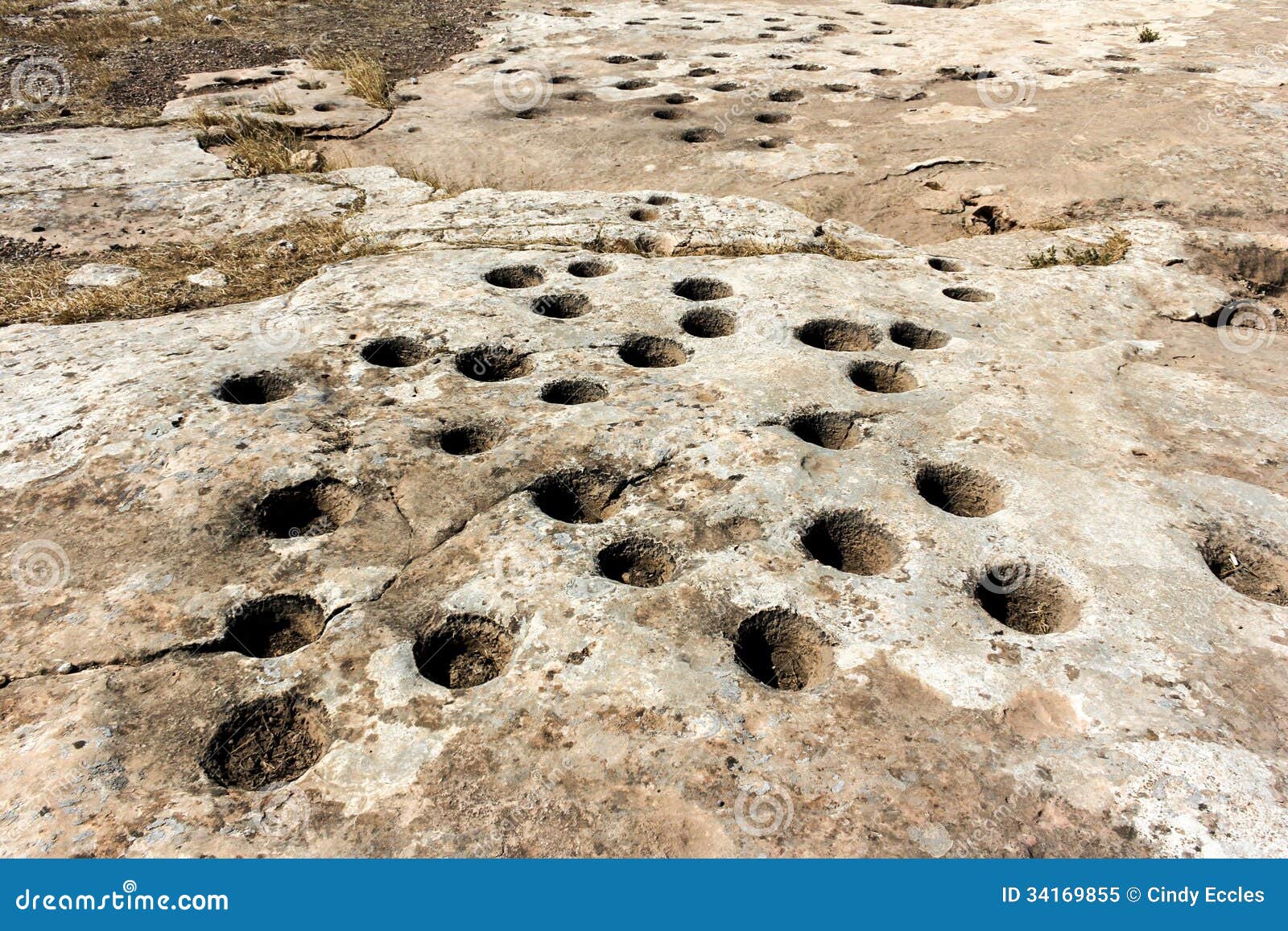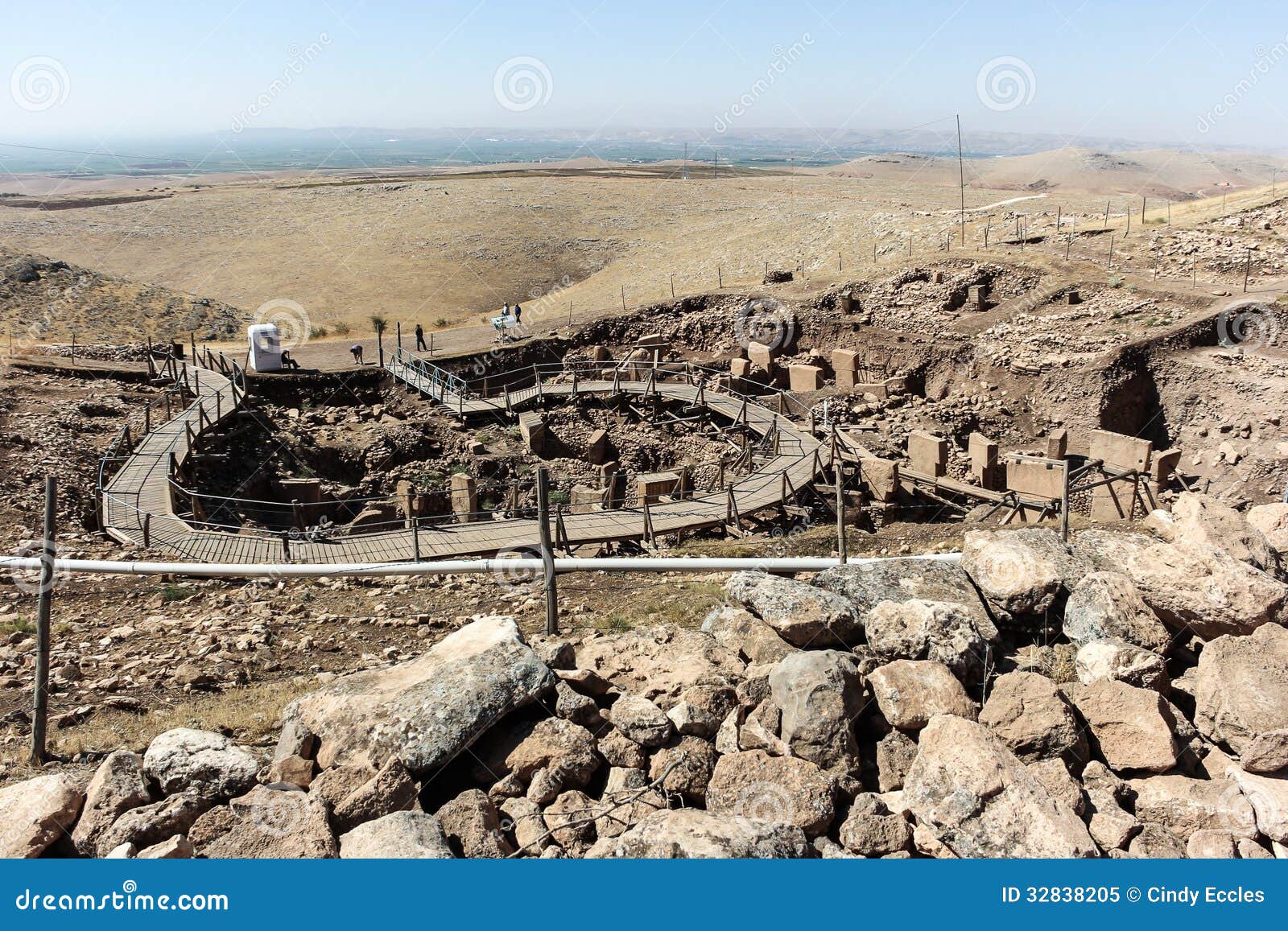Imagine a place that turns everything we thought we knew about early human history on its head. A spot that seems to whisper stories from a time long, long before what we considered the start of civilization. This remarkable archaeological site, known as Göbekli Tepe, is found in southeastern Turkey, and it is, you know, a truly astounding discovery. It sits about 16 kilometers, which is roughly 10 miles, northeast of Şanlıurfa, an ancient city with a very long past itself. This location, sometimes called "Potbelly Hill" or "Hill with a Navel," really challenges our old ideas about how societies began to form and grow.
For a very long time, we used to believe that farming, the act of growing our own food, was the thing that kicked off cities, and then, after that, came things like writing, different forms of art, and even religious practices. It seemed like a pretty straightforward timeline, where one invention naturally led to the next, more complex thing. But then, this place, Göbekli Tepe, appeared, and it suggested something quite different, something that might even flip that whole idea around. This site, with its very old structures, hints that maybe the deep human desire to worship or gather for spiritual reasons was what actually sparked the creation of complex societies, rather than agriculture leading the way.
This ancient site, dating back more than 12,000 years, is, in some respects, far older than many other well-known ancient places. For instance, it was put together by prehistoric people a full 6,000 years before Stonehenge, which is itself considered an incredibly old monument. The sheer age of Göbekli Tepe means it has, you know, really forced people who study the past to rethink a lot of what they thought they understood about our collective human story. It's not just another old ruin; it's a place that is actively rewriting our history books, making us look at our beginnings in a completely different way.
Table of Contents
- What is Göbekli Tepe?
- How Old is Göbekli Tepe?
- What Does Göbekli Tepe Tell Us About Early Humans?
- The Discovery of Göbekli Tepe and Its Impact
- The Art and Symbols at Göbekli Tepe
- Preserving and Exploring Göbekli Tepe
- Why is Göbekli Tepe So Important?
- A Look at the Structures of Göbekli Tepe
What is Göbekli Tepe?
Göbekli Tepe is, essentially, an archaeological site located in the southeastern part of Turkey. The name itself, in Turkish, means something like "Potbelly Hill" or "Hill with a Navel," which is a rather descriptive name for the area where it sits. It's often referred to as the world's oldest known temple complex, a place where people gathered for what we believe were spiritual or ceremonial purposes. This spot is, you know, not just a collection of old rocks; it represents a significant communal complex, suggesting that early human societies were capable of complex organization and shared beliefs much earlier than previously thought. It's a place that has, basically, opened up a whole new window into the very first stirrings of human civilization and how our ancestors might have come together.
This ancient location, near the village of Örencik in the Haliliye district of Şanlıurfa Province, is a Neolithic site. That means it comes from a time before people had invented pottery or even really settled into widespread farming. The structures here are, for instance, considered the earliest known examples of large-scale, megalithic buildings. These are structures made from very large stones, which would have taken a lot of effort and coordination to put into place. The fact that such monumental construction happened at a time when humans were still mostly hunter-gatherers is, quite frankly, astonishing and makes Göbekli Tepe truly unique.
How Old is Göbekli Tepe?
The age of Göbekli Tepe is one of its most surprising features. This site dates back more than 12,000 years, with some parts estimated to have been built around 10,000 BCE. To give you some perspective, that means it was constructed at the very end of the last Ice Age, long before the invention of agriculture became widespread. This makes it, you know, incredibly old, pushing back the timeline for organized human activity and monumental architecture by thousands of years. It was built, for example, a full six millennia before Stonehenge in England, making it the oldest known temple in the entire world. This incredible age is a key reason why it has caused such a stir among those who study human history and our beginnings.
The formations at Göbekli Tepe are, therefore, around 11,000 years old, or even a bit older. These ceremonial places, with their very old stone pillars, are considered to be the most ancient temple structures ever found. The timeline of Göbekli Tepe starts in a period that was, essentially, a blank slate in our historical understanding of complex human structures. Before people figured out how to make pottery, before farming really took hold, and before what we typically call "civilization" even began, there was, quite simply, Göbekli Tepe. It truly represents a "zero point in time" for organized human worship and communal building, which is, you know, pretty astounding to think about.
What Does Göbekli Tepe Tell Us About Early Humans?
Göbekli Tepe has, honestly, reshaped our basic ideas about how early human societies developed and what motivated them. For a long time, the common belief was that agriculture came first, leading to settled communities, which then led to the development of religion, art, and writing. But this site suggests a different story. It indicates that the urge to gather for worship or shared spiritual practices might have been the initial spark that brought people together, leading them to build these massive structures. This would mean that the need for collective spiritual expression could have been the driving force behind the formation of early civilization, rather than just the practical needs of farming, which is, you know, a very different way of looking at things.
The existence of such a complex site, built by hunter-gatherers, implies a level of social organization and shared purpose that was previously thought to be impossible for people living in that era. It means these early humans were not just surviving day-to-day; they had abstract thoughts, spiritual beliefs, and the ability to coordinate large groups of people for a common, non-survival-related goal. This shows a depth of human ingenuity and social structure that we hadn't really given them credit for before. It's like, you know, they had a very rich inner life and a strong sense of community, even without the tools and techniques we associate with later civilizations.
The Discovery of Göbekli Tepe and Its Impact
The archaeological site of Göbekli Tepe was first identified in 1963 during a survey carried out by Turkish and American scientists. However, the true significance of the site wasn't fully understood until later. It was in 1994 that the German archaeologist Klaus Schmidt began his work there, and his excavations really brought the site into the global spotlight. Schmidt, who spent more than a decade working at Göbekli Tepe, became convinced that it was, you know, the location of the world's oldest temple. His dedicated efforts, along with those of his team, started to uncover the incredible stone enclosures that would challenge so many established historical ideas.
The discoveries at Göbekli Tepe have, basically, ignited vigorous discussions and debates among scholars since the site was first seriously explored in the 1990s. The sheer age and complexity of the structures have forced archaeologists and historians to completely rethink the origins of human civilization and how early societies developed. It's considered one of the most important archaeological discoveries ever made, because it is, after all, the oldest site of significance created by human beings. This finding has, in a way, caused a profound shift in our collective historical understanding, making us question long-held assumptions about our past.
The Art and Symbols at Göbekli Tepe
Göbekli Tepe is, you know, recognized as one of the places that best shows us prehistoric symbolism. The site's detailed carvings and raised images display a wide range of animals, human figures, and abstract designs. These depictions are not just simple pictures; they are, in fact, quite elaborate and suggest a rich symbolic world for the people who created them. You can see various animals, like vultures, snakes, foxes, and wild boars, all carved with a remarkable level of skill and artistic expression for such an early period. The presence of these intricate images, some of which might tell stories or convey spiritual meanings, adds another layer to the mystery of Göbekli Tepe.
One very interesting carving found at Göbekli Tepe is what's known as the "Vulture Stone." This particular piece is, arguably, thought to be the world's first pictograph, which is a picture representing a word or idea. It shows a human head within the wing of a vulture, and a human body without a head underneath it. This imagery is, basically, quite striking and has led to much speculation about its meaning, perhaps relating to death rituals or beliefs about the afterlife. The symbolic complexity of such carvings suggests that the people who built Göbekli Tepe possessed a sophisticated belief system and a capacity for abstract thought, which is, you know, truly remarkable for their time.
Preserving and Exploring Göbekli Tepe
The site of Göbekli Tepe in southeastern Turkey keeps fascinating archaeologists as it is being uncovered. The excavations, which have been going on since 1995, have been accompanied by a very lively discussion among experts about what it all means. There have, in fact, long been rumors and speculations surrounding this enigmatic Neolithic site, which is considered to be the world's oldest communal complex. A new project is now underway to help promote and preserve Göbekli Tepe, home to the most ancient temple structures ever found. This effort is, you know, crucial for making sure that this incredible piece of human history is protected for future generations to study and appreciate.
Being added to the UNESCO World Heritage list in 2018 was a significant step for Göbekli Tepe. This recognition helps ensure that the site receives the attention and resources needed for its ongoing preservation and study. The process of uncovering and understanding Göbekli Tepe is a formidable task, requiring careful archaeological work and thoughtful interpretation. The ongoing work at the site, along with nearby discoveries like Karahan Tepe, continues to bring these ancient places back into the spotlight, offering, you know, even more insights into the very early days of human societies and their monumental achievements.
Why is Göbekli Tepe So Important?
Göbekli Tepe is, quite simply, one of the most important archaeological sites in the entire world. Its discovery has, in essence, forced archaeologists and historians to completely rethink the origins of civilization. Before this site was uncovered, the prevailing theory was that settled agriculture led to the development of complex societies, cities, and then, later, religious structures. Göbekli Tepe, however, turns that idea on its head, suggesting that the desire to worship or engage in shared rituals might have been the catalyst for people to come together and build permanent, monumental structures. This means that spiritual needs could have been the very first spark for organized human communities, which is, you know, a pretty profound shift in our understanding.
The site's massive stone enclosures are, basically, the earliest examples of Neolithic religion we have found. They stand as a testament to the complexity and creative spirit of early human societies. Göbekli Tepe is, therefore, the earliest known instance of a megalithic building and the first archaeological site to seriously question the interpretations of human history that had been given by academic circles for so long. It shows that people living at the end of the last Ice Age were capable of incredible feats of engineering and social cooperation, long before we thought such things were possible. This ancient Turkish ruin contains, you know, what is truly the oldest temple in the world, and that alone makes it incredibly significant.
A Look at the Structures of Göbekli Tepe
Atop a limestone plateau near Urfa, which is the Turkish name for Şanlıurfa, the site of Göbekli Tepe features more than 20 circular stone enclosures that have been uncovered. The largest of these circles measures about 20 meters across, which is quite a substantial size for structures built without metal tools or wheeled vehicles. These monumental megalithic structures are, in fact, the oldest known of their kind in the world. They are composed of massive carved stones, often T-shaped pillars, some reaching considerable heights and weighing many tons. The effort required to quarry, transport, and erect these stones suggests a highly organized and motivated workforce, which is, you know, pretty impressive for that time.
The elaborate carvings and raised images on these stones depict a variety of animals, human figures, and abstract symbols, as we discussed earlier. These images are not just decorative; they likely held deep meaning for the people who created them, perhaps representing deities, spiritual concepts, or important events. The presence of such intricate artwork within these very old temple structures adds to the mystery and allure of Göbekli Tepe. It is, in some respects, a monumental reflection of early human ingenuity and social organization, showing us that our distant ancestors had a capacity for complex thought and collective action that we are only just beginning to truly appreciate. This site, perched on a mountain ridge in what is now southeastern Turkey, really does stand as a powerful reminder of the sophisticated nature of early human societies.
So, to bring it all together, Göbekli Tepe is a truly groundbreaking archaeological discovery in southeastern Turkey. It's a place that dates back over 12,000 years, making it the oldest known temple complex in the world. This ancient site has, basically, forced us to rethink our understanding of how civilization began, suggesting that the urge to worship or engage in shared rituals might have been the initial spark for organized human societies, even before widespread agriculture. Its massive stone structures and intricate carvings show a level of social organization and symbolic thought in early hunter-gatherers that was previously thought to be impossible. Göbekli Tepe is, in short, a monumental site that continues to fascinate and reshape our ideas about the very earliest chapters of human history.
Related Resources:



Detail Author:
- Name : Prof. Bertha Langosh
- Username : powlowski.roxanne
- Email : yfarrell@gmail.com
- Birthdate : 1990-03-29
- Address : 70975 Braun Oval Suite 872 Port Eunahaven, MT 48485
- Phone : 682-914-6396
- Company : Purdy, Smith and Fahey
- Job : Obstetrician
- Bio : Et corporis ex eum. Illum autem ut sint quae voluptatem distinctio. Hic dolore quia repudiandae. Minima dicta officia eaque perferendis nisi doloribus.
Socials
tiktok:
- url : https://tiktok.com/@jacintocronin
- username : jacintocronin
- bio : Et id perferendis sunt quod voluptatem blanditiis. Cumque quis minus et autem.
- followers : 3866
- following : 1232
facebook:
- url : https://facebook.com/jacinto674
- username : jacinto674
- bio : Ullam dolor et perspiciatis ut consequatur saepe culpa.
- followers : 1318
- following : 1069
linkedin:
- url : https://linkedin.com/in/cronin1986
- username : cronin1986
- bio : Sit corrupti sint aut molestiae sit facilis.
- followers : 4040
- following : 2625